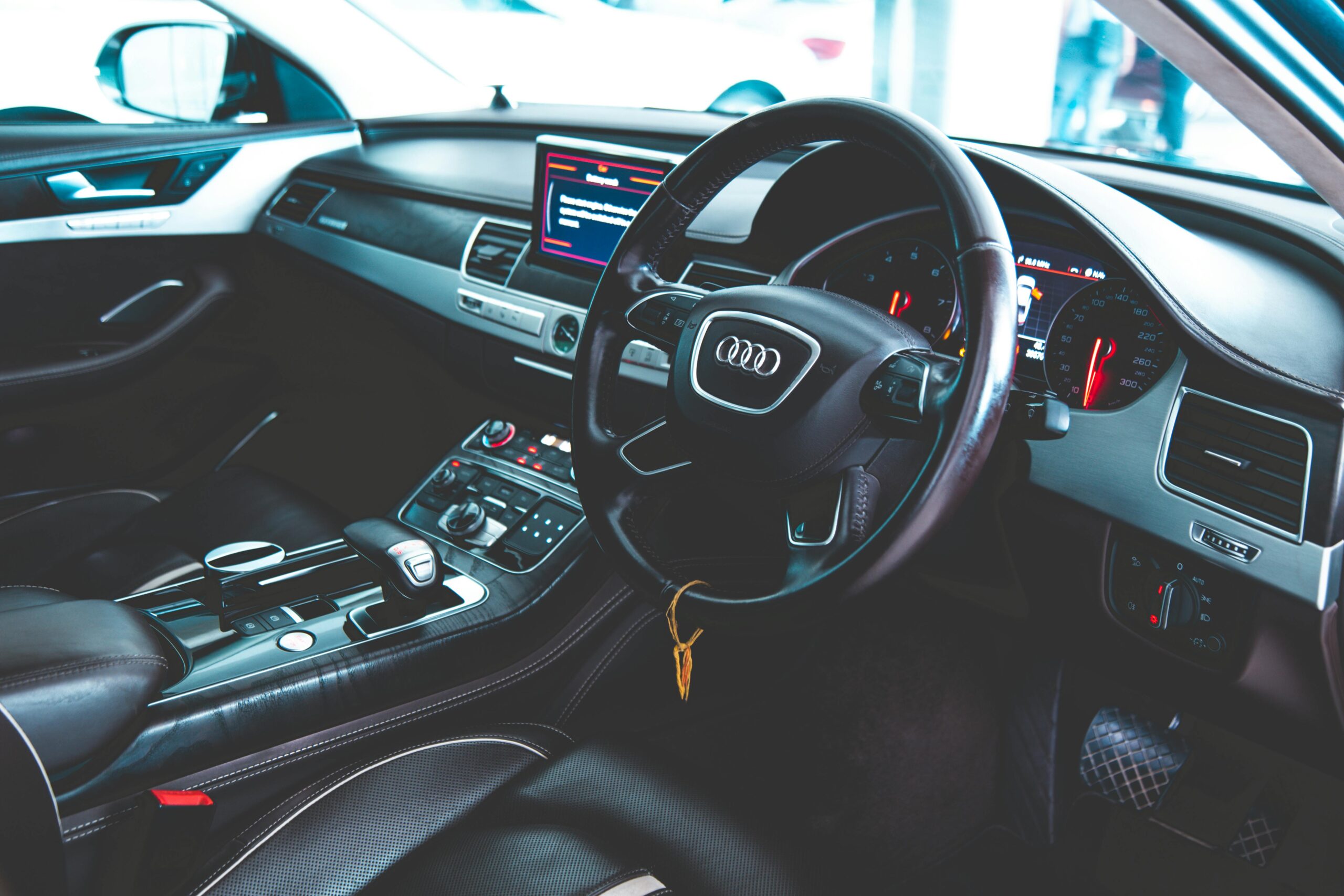
Exploring The Latest Automotive Technology:
The Features To Look For In Modern Vehicles
Technological advancements are transforming the driving experience like never before. From cutting-edge safety features to state-of-the-art infotainment systems, modern vehicles are equipped with a plethora of innovative technologies designed to enhance comfort, convenience, and overall performance.
In this article, we’ll explore in detail some of the latest automotive technologies that are shaping the future of driving and discuss why they’re worth considering when shopping for a new vehicle.
- Autonomous Driving Capabilities:
The concept of autonomous driving has long captured the imagination of both consumers and industry experts alike.
While fully autonomous vehicles may still be a few years away from widespread adoption, many modern cars come equipped with advanced driver assistance systems (ADAS) that represent significant strides towards autonomy. These systems leverage a combination of sensors, cameras, and radar to monitor the vehicle’s surroundings and assist the driver in various tasks.
One of the most noteworthy features of ADAS is lane-keeping assistance, which helps drivers stay within their lane by providing gentle steering inputs if they begin to drift. Similarly, adaptive cruise control adjusts the vehicle’s speed to maintain a safe following distance from the vehicle ahead, while automatic emergency braking can intervene to mitigate or avoid collisions if the driver fails to react in time.
These features not only improve safety by reducing the risk of accidents but also make driving more convenient and less stressful for motorists, particularly during long journeys or in heavy traffic.
- Infotainment Systems:
Staying connected while on the go has become increasingly important for many drivers. Modern vehicles address this need with sophisticated infotainment systems that serve as the nerve centre of the car’s digital ecosystem. These systems typically feature high-resolution touchscreen displays with intuitive user interfaces, allowing drivers to access a wide range of entertainment, navigation, and communication services with ease.
From streaming music and podcasts to real-time traffic updates and voice-activated controls, modern infotainment systems offer unparalleled convenience and connectivity for today’s tech-savvy drivers. Many systems also support smartphone integration, allowing users to seamlessly access their favourite apps and features directly from the car’s display.
Whether you’re navigating to a new destination, staying entertained on a long road trip, or keeping in touch with friends and family, a cutting-edge infotainment system can significantly enhance the driving experience.
- Advanced Safety Technologies:
Safety has always been a top priority for automakers, and recent years have seen the introduction of several advanced safety technologies designed to protect both occupants and pedestrians. These technologies leverage the latest advancements in sensor technology, artificial intelligence, and data processing to detect and respond to potential hazards in real time.
Features such as blind-spot monitoring use sensors to detect vehicles in adjacent lanes and provide visual or audible alerts if a lane change is attempted when another vehicle is present. Similarly, rear cross-traffic alert warns drivers of approaching vehicles when reversing out of parking spaces, reducing the risk of collisions in busy parking lots.
Forward collision warning with pedestrian detection employs cameras and radar to monitor the road ahead and alert drivers to potential collisions with other vehicles or pedestrians. In some cases, these systems can even intervene to apply the brakes automatically if a collision is imminent, helping to mitigate or avoid accidents altogether.
- Eco-Friendly Powertrains:
With growing concerns about climate change and air pollution, automakers are increasingly turning to eco-friendly powertrains as a more sustainable alternative to traditional petrol and diesel engines. Hybrid and electric vehicles (EVs) have gained significant traction in recent years, offering lower emissions, reduced fuel consumption, and in some cases, access to incentives such as tax credits and congestion charge exemptions.
Hybrid vehicles combine a conventional internal combustion engine with an electric motor and battery pack, allowing for improved fuel efficiency and reduced emissions compared to traditional petrol or diesel vehicles. Some hybrids also offer plug-in capability, allowing drivers to recharge the battery from an external power source for extended electric-only driving range.
EVs, on the other hand, are powered solely by electric motors and battery packs, producing zero tailpipe emissions, and offering a quieter, smoother driving experience. With advancements in battery technology and charging infrastructure, EVs are becoming increasingly practical for everyday use, offering longer ranges and faster charging times than ever before.
As governments around the world implement stricter emissions regulations and consumers become more environmentally conscious, the demand for eco-friendly vehicles is expected to continue growing. Whether you’re concerned about reducing your carbon footprint or simply looking to save money on fuel costs, hybrid and electric vehicles offer a compelling alternative to traditional petrol and diesel cars.
- Connectivity And Telematics:
In addition to advancements in powertrain technology, modern vehicles are equipped with advanced connectivity and telematics systems that enhance the driving experience in numerous ways. These systems leverage the latest in wireless communication and data processing technology to provide drivers with a wealth of information and services, both inside and outside the vehicle.
Connectivity features allow drivers to stay connected to their digital lives while on the go, with support for smartphone integration, streaming music and podcasts, and voice-activated controls. Many vehicles also offer built-in Wi-Fi hotspots, enabling passengers to stay connected to the internet for work or entertainment during long journeys.
Telematics systems provide valuable insights into vehicle performance and maintenance needs, allowing drivers to monitor fuel efficiency, track maintenance schedules, and receive diagnostic alerts in real time. Some systems even offer remote monitoring and control capabilities, allowing drivers to lock/unlock doors, start the engine, and locate their vehicle using a smartphone app.
Additionally, telematics systems can facilitate services like usage-based insurance and remote vehicle assistance, further enhancing the ownership experience for consumers. Whether you’re concerned about staying connected, monitoring your vehicle’s health, or accessing emergency assistance when needed, the connectivity and telematics features found in modern vehicles offer unparalleled convenience and peace of mind.
Driving The Modern World
The latest automotive technologies are revolutionising the way we drive, offering a host of benefits in terms of safety, connectivity, sustainability, and convenience.
Whether you’re interested in reducing your carbon footprint with an eco-friendly hybrid or electric vehicle, or staying connected to your digital life with advanced connectivity and telematics features, there’s no denying that these innovative technologies are shaping the future of transportation in profound and exciting ways.
When shopping for your next vehicle, be sure to consider these cutting-edge features to ensure you’re getting the most out of your driving experience!



